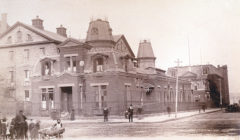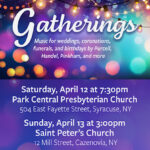Health Care by Gaslight
In 2006, retired NY Times reporter David Rosenbaum lay unattended in a Washington D.C. hospital after being found unconscious in the street, smelling of vomit.
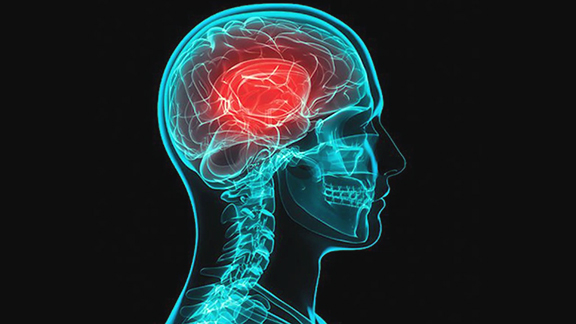
Scientists believe 20% of our calories power our brains.
The first responders who found him and the hospital staff who admitted him thought Mr. Rosenbaum was inebriated when in fact Mr. Rosenbaum had been smashed in the head with a pipe while being robbed. Unable to advocate for himself, Mr. Rosenbaum was viewed through lenses where value judgements about personal behavior delayed his care.
I first read about David Rosenbaum in Clark Elliot’s memoir, “Ghost in My Brain: How a Concussion Stole My Life and How the New Science of Brain Plasticity Helped Me Get It Back.” Our minds emerge from our bodies. We are one.
Scientists believe 20% of our calories power our brains. Our brains filter information from the physical senses signaling us through our nervous systems to, ideally, do the next right thing. It’s impossible to focus on the present and simultaneously analyze everything about everything. As independent as we like to be, we rely on experts to guide us. And, despite how robust we feel right now, we are all potential medical patients and not eternally indomitable healthcare consumers.
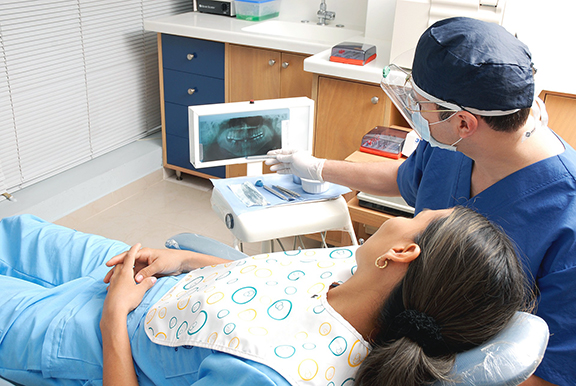
Despite how robust we feel right now, we are all potential medical patients and not eternally indomitable healthcare consumers.
The internet and the public library can provide valuable information about both illness and health. Physicians often suggest patients research medical conditions on their own, and increasingly, health care practitioners are asking patients to provide medical histories online prior to appointments. Our elected representatives communicate via email newsletters and tweets so it seems odd that any Representative would, as did Utah Republican Jason Chaffetz, chide Americans for spending money on “that new iPhone” rather than investing “in their own health care.”
Prior to the 2013 rollout of the “Obamacare” exchange, one month’s premium for an individual healthcare plan in NYS cost $1200. The initial monthly premiums for a NYS ACA Platinum plan sliced individual policy costs by nearly half. Premiums and iPhone costs have risen since 2013.
House Speaker Paul Ryan says freedom is “the ability to buy what you want to fit what you need.” Vice President Mike Pence wants to bring “freedom and individual responsibility back to American health care.” I wonder about that “responsibility” part. Strong character and will power won’t help the cause of discernment when a person is in severe pain, concussed and foggy, under the influence of mind-altering medications or unconscious. People who are sick and need help are a bit less free. People are sometimes victims of circumstance. Personal health, including mental health, grows amid environment, ideology and power differentials. From ancient times, medical and social models have reflected stereotypes. The poor were once considered more capable of bearing pain. A guest on NPR’s “Freakonomics” stated that Ambien, tested on men, takes hours longer to clear from women’s bodies.
(I know women who absolutely dismiss the drugging and rape accusations against Bill Cosby because they like Dr. Huxtable. Media consumers might all be apprentices at understanding how we perceive and remember.)
Books provide needed context.
Local history suggests that the immigrant laborers who dug the Erie Canal received whiskey for wages, as did workers on infrastructure projects in the City of New York, including Bellevue Hospital.
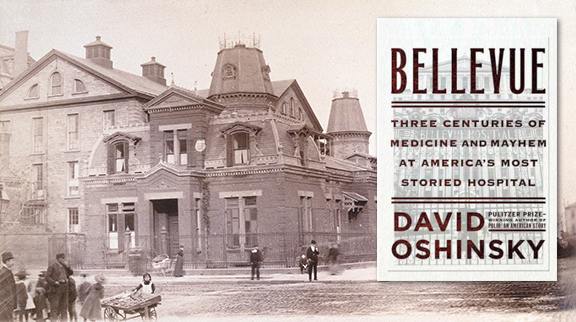
Bellevue Hospital in New York City best-known for its mental ward thanks to NYC based crime shows, is the oldest public hospital in the United States. I recommend David Oshinsky’s “Bellevue: Three Centuries of Medicine and Mayhem at American’s Most Storied Hospital.”
Bellevue, perhaps best-known for its mental ward thanks to NYC based crime shows, is the oldest public hospital in the United States. In a time before health insurance or Medicaid, Bellevue treated all who entered, including those who, during modern epidemics, found themselves turned away by other facilities. After Hurricane Sandy, Bellevue, a public good, found itself fighting for FEMA dollars that private facilities seemed to more easily access. For anyone tired of tweets and memes, interested in health care, and, up for an epic, non-fiction page-turner that speaks to many of the major public and personal issues being faced by New York State residents today, I recommend David Oshinsky’s “Bellevue: Three Centuries of Medicine and Mayhem at American’s Most Storied Hospital.”
“Bellevue” tells the story of personal and collective health within the wider context of a republic developing amid religious sectarianism, massive immigration, limited knowledge, and one big fight for freedom. The book takes side trips outside Bellevue’s walls to describe the discovery of germs, early manifestations of environmental concern, the emergence of professional nursing, and 9/11. “Bellevue” describes the treatments and deaths of a few presidents, one of whom chose when to stop his medical care. The book touches on ever-present differences between how European nations and the U.S. provide for health and describes how our current insurance systems came to be. The book entertains.
I’ve not been paid to endorse it.

